IoT 已成为智能生活和环境可持续发展的未来,这一点不足为奇。技术创新有可能帮助我们的全球社会向更好的环境管理过渡。多个行业正在逐步投资于物联网环境可持续发展计划,以提高生活质量,同时保护自然资源。
挑战?数字技术的进步改善了我们的生活方式和连通性,但也增加了碳足迹。
研究 调查显示,数据中心排放的温室气体占全球总量的 2%-5%,而在接受调查的全球 IT 决策者中,只有 28% 的人在选择数据中心技术时考虑了环境问题。这些问题使可持续经济成为人们关注的焦点。
在本文中,我们将探讨IoT 如何帮助保护环境,并为减少全球排放和实现循环经济铺平道路。
跳转至:
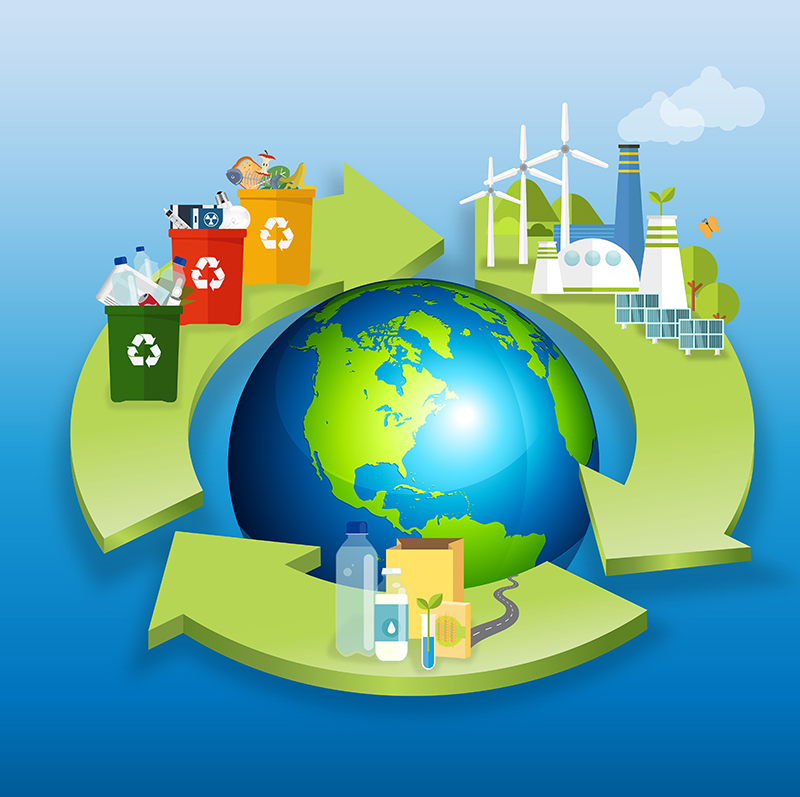 "(《世界人权宣言》) 循环经济 循环经济是一种新兴的经济体系,它以可持续的方式解决全球环境问题,特别是消除废物和垃圾填埋。关于循环经济的定义,请参考 a 促进材料共享、再利用、维修、翻新和再循环的收集系统和程序.循环经济范式整合了各种最佳实践,以减少一次性用品的使用,并在涉及使用可再生和不可再生资源的所有消费、工业和制造过程中尽可能长时间地保持材料和资源的生产用途。
"(《世界人权宣言》) 循环经济 循环经济是一种新兴的经济体系,它以可持续的方式解决全球环境问题,特别是消除废物和垃圾填埋。关于循环经济的定义,请参考 a 促进材料共享、再利用、维修、翻新和再循环的收集系统和程序.循环经济范式整合了各种最佳实践,以减少一次性用品的使用,并在涉及使用可再生和不可再生资源的所有消费、工业和制造过程中尽可能长时间地保持材料和资源的生产用途。
这些努力对于扭转不可持续发展造成的破坏至关重要。 线性经济 工业和个人在这里快速使用和处理产品和材料。
IoT 已成为采用循环经济原则的推动力。无论是实现自我监测的自动化设备,还是改进回收利用的设计,企业都在利用IoT 技术向循环经济过渡,减少我们的碳足迹。
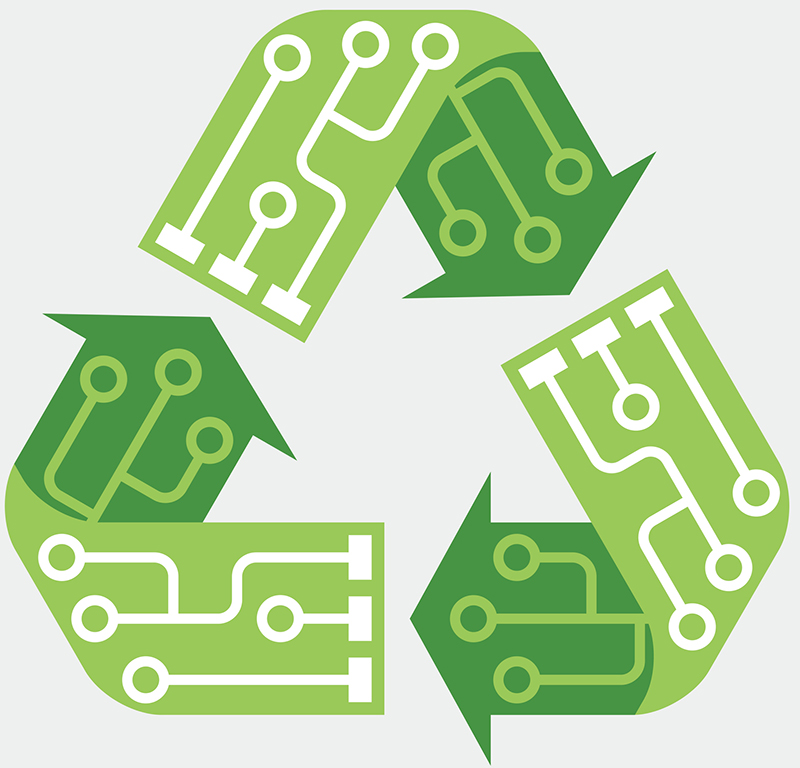 IoT 是一个相互连接的物理系统。 设备 这些技术包括传感器、无线电和路由器,可通过无线方式收集和交换数据。许多垂直行业的组织都使用IoT 技术来优化运营,以减少对环境的影响并做出更具可持续性的决策。查看我们的 IoT 有趣的事实 博客,了解这项技术如何影响工业 4.0、医疗保健、智慧城市和其他应用。 绿色经济.
IoT 是一个相互连接的物理系统。 设备 这些技术包括传感器、无线电和路由器,可通过无线方式收集和交换数据。许多垂直行业的组织都使用IoT 技术来优化运营,以减少对环境的影响并做出更具可持续性的决策。查看我们的 IoT 有趣的事实 博客,了解这项技术如何影响工业 4.0、医疗保健、智慧城市和其他应用。 绿色经济.
智能技术支持 环境可持续性 通过洞察力和自动化,实现自然资源的优化利用、废物的最小化、可再生能源(如风能和太阳能)等 可持续城市.所有这些因素也增强了 循环经济.根据世界经济论坛关于 物联网可持续性指南约 85% 的IoT 部署都是为了实现可持续发展目标。IoT 创新确实改变了游戏规则,促进了可持续环境的发展。
数字设备对环境的影响
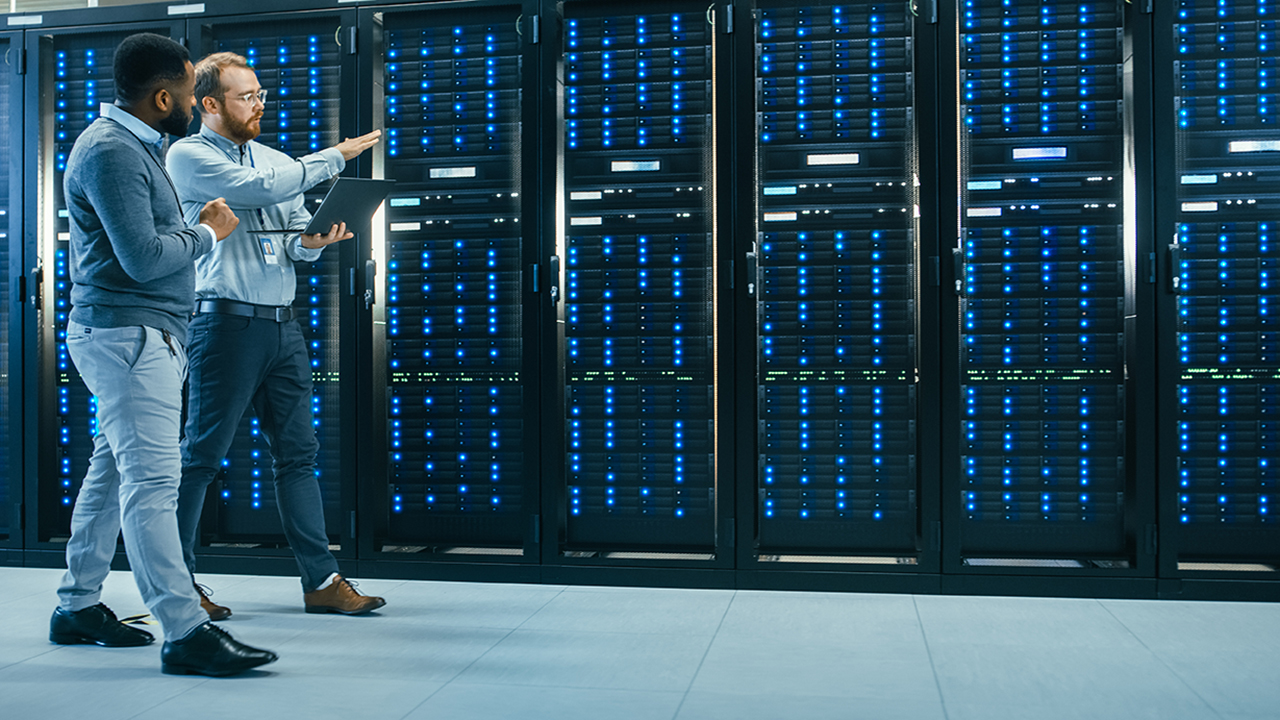 可持续性是指 优化资源利用,减少排放.如今,企业正在采用节能做法来提高运营效率,同时通过三种方式减少数字设备对环境的影响:
可持续性是指 优化资源利用,减少排放.如今,企业正在采用节能做法来提高运营效率,同时通过三种方式减少数字设备对环境的影响:
- 通过提高能效和减少热量来减少产热设备的影响。
- 通过无害环境的做法,包括使用清洁能源、植树造林和进一步开发减少碳排放的散热装置,抵消其影响。
- 在各行业的可再生能源和环境管理项目中部署IoT 和绿色技术,以消除或抵消排放,实现净零排放目标。
请参阅我们的文章《5G 能否帮助环保》,了解 5G、IoT 和人工智能如何支持向可持续解决方案转变,从而降低碳足迹。
IoT 如何支持循环经济?
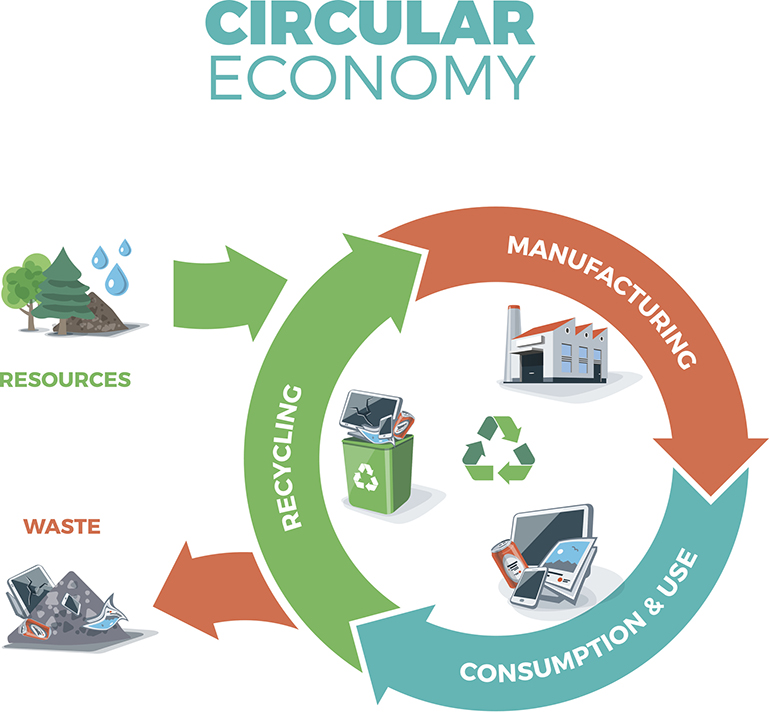 IoT 连接传感器的设备可检测工业排放物,支持制造自动化和主动式 可再生和不可再生资源的管理.这些流程使企业能够消除意外故障、减少卡车碾压、提高运营效率并改善智能技术的可持续性。
IoT 连接传感器的设备可检测工业排放物,支持制造自动化和主动式 可再生和不可再生资源的管理.这些流程使企业能够消除意外故障、减少卡车碾压、提高运营效率并改善智能技术的可持续性。
同样,传感器获得的数据也有助于管理废物、自动化和加强材料回收,以及推动再利用战略,从而支持循环经济。
让我们看看三个 循环经济原则 IoT 驱动。
废物和污染的合理设计
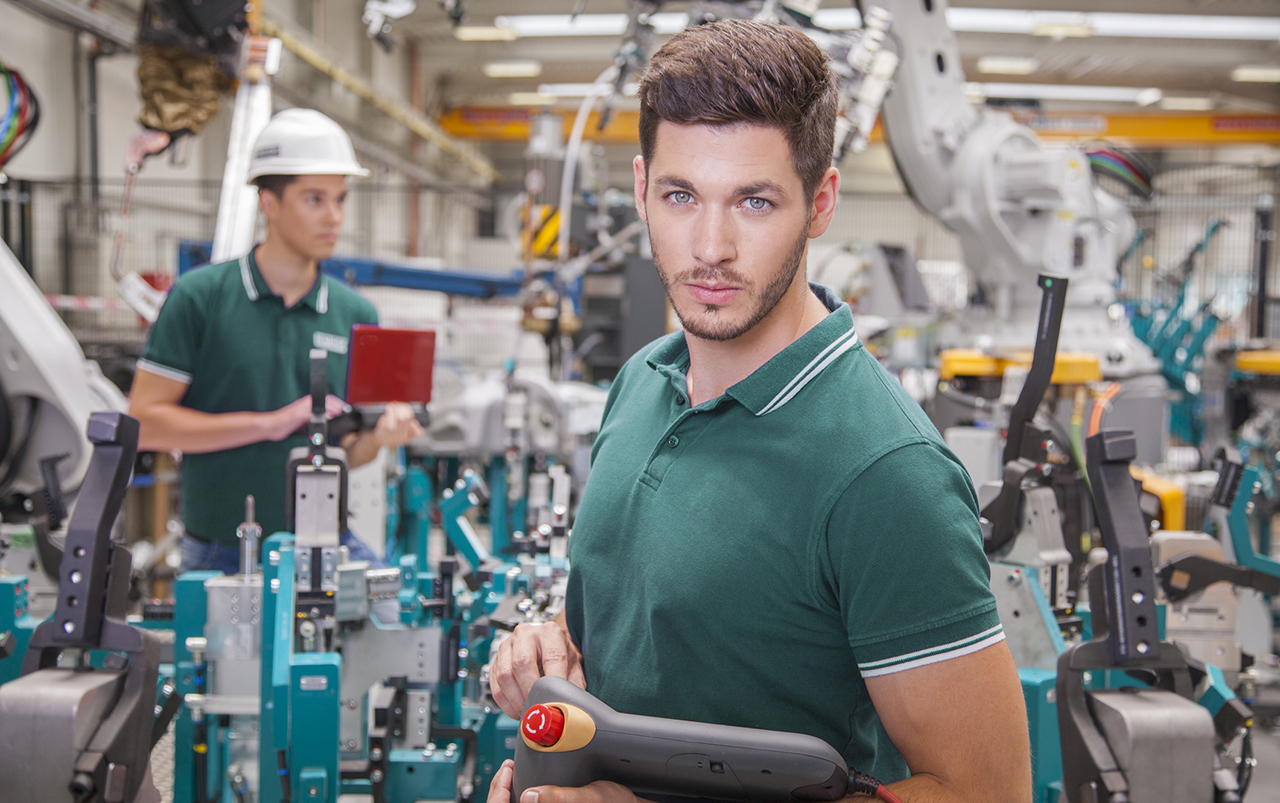 这一循环经济原则要求各行各业重新思考其供应链流程,以避免浪费和排放,并通过技术创新来推动经济的可持续发展。 材料使用的可持续性从塑料到电子产品,再到汽车轮胎。为了最大限度地减少浪费,产品的设计可以延长使用寿命,并可翻新再利用。IoT-启用的系统可以优化从材料采购到产品拆卸和再利用的整个产品周期,从而减少浪费。
这一循环经济原则要求各行各业重新思考其供应链流程,以避免浪费和排放,并通过技术创新来推动经济的可持续发展。 材料使用的可持续性从塑料到电子产品,再到汽车轮胎。为了最大限度地减少浪费,产品的设计可以延长使用寿命,并可翻新再利用。IoT-启用的系统可以优化从材料采购到产品拆卸和再利用的整个产品周期,从而减少浪费。
当然,物联网在环境方面的应用已经超越了工业领域,包括智能家居和智能建筑技术、更好的实践,如使用 高效暖通空调 IoT 。如今,消费者看到机场、餐馆和业主协会都在改用更智能、更高效的设备和做法,这激发了他们的 "绿色 "心态和认同感。
IoT 技术支持减少浪费和 循环经济 可持续发展 有三种方式:
- 实现流程自动化,减少浪费和排放。
- 利用传感器检测浪费资源或排放污染物的气体、水和工业泄漏。
- 收集数据,并利用人工智能和机器学习生成算法,实现更智能的资源管理。
回收产品和材料,使其继续使用
 IoT 智能设备和管理系统有助于减少浪费。 恢复、复原和再循环 产品,并尽量减少垃圾。
IoT 智能设备和管理系统有助于减少浪费。 恢复、复原和再循环 产品,并尽量减少垃圾。
IoT-废物和回收利用 以多种方式支持更明智地使用资源:
- 自动化和人工智能可应用于工业分拣和回收系统,以识别可重复使用的部件和材料。
- 智能垃圾桶系统可以帮助消费者正确分类回收,减少浪费,并提供数据,帮助创新者改进这些系统。
- 垃圾和回收传感器会在垃圾桶装满时通知废物管理部门,以提高收集效率,先进的 GPS 地图可优化卡车路线。
例如,BigBelly Solar公司开发的智能垃圾桶通过传感器和连接功能减少了收集垃圾和可回收物所需的资源。垃圾被压缩后,每个垃圾桶可以容纳更多的垃圾,只有在需要时才会提供收集服务,从而减少了化石燃料的使用。
自然系统再生
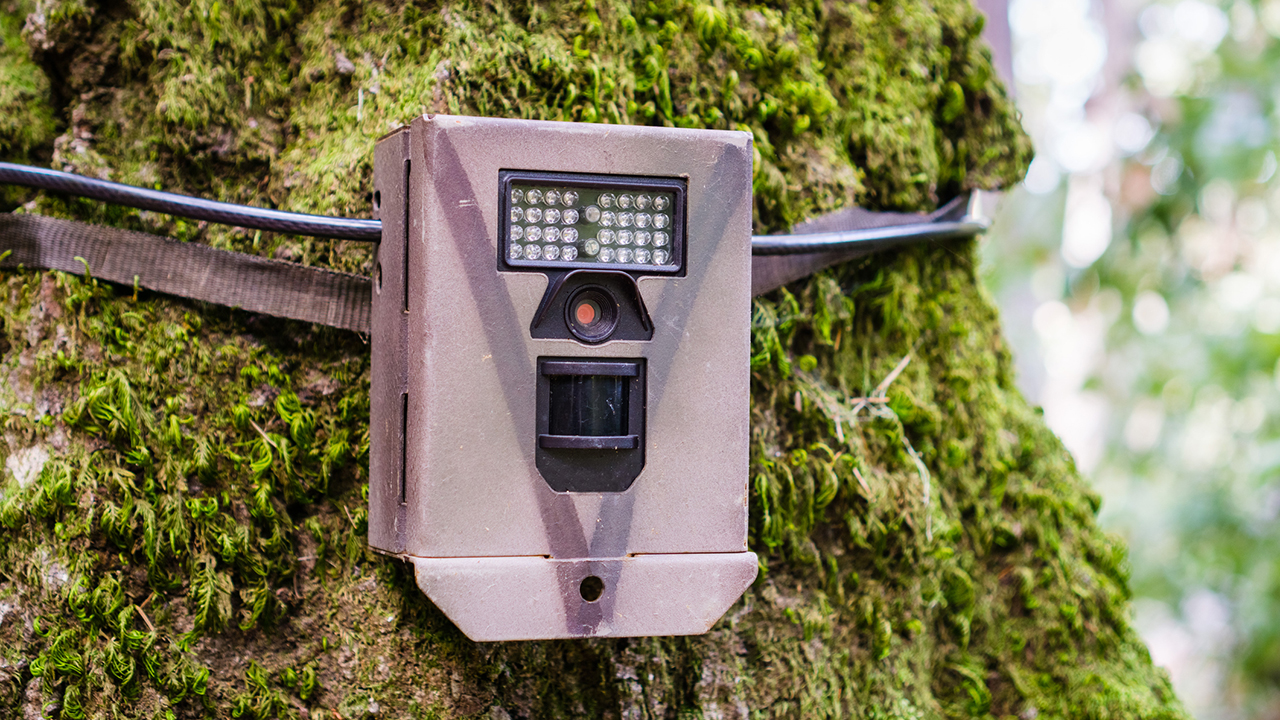 IoT 被纳入一系列举措,以 再生自然资源从全球植树活动到蜜蜂和野生动物的健康,再到重要栖息地和湿地再开发活动,我们都提供支持。
IoT 被纳入一系列举措,以 再生自然资源从全球植树活动到蜜蜂和野生动物的健康,再到重要栖息地和湿地再开发活动,我们都提供支持。
以下是IoT 在自然资源再生方面的几个例子:
- IoT 在包括可再生能源在内的绿色技术解决方案中,传感器和自动化正在发挥作用。例如,联网系统可以监测风向,转动风力涡轮机叶片和太阳能电池板,以优化效率。
- 树木传感器可帮助监测 "生态生理/生物参数",如含水量、树木生长和叶片数量,并向云系统提供数据,供研究人员和植树计划使用。
- 栖息地监测中的无线传感器网络使栖息地研究和恢复机构能够监测栖息地的健康状况,以改善脆弱的生态系统和栖息地(如海鸟筑巢地)的成果。
让我们再来看几个IoT 环境影响和可持续发展的例子。
智能农业和水资源管理
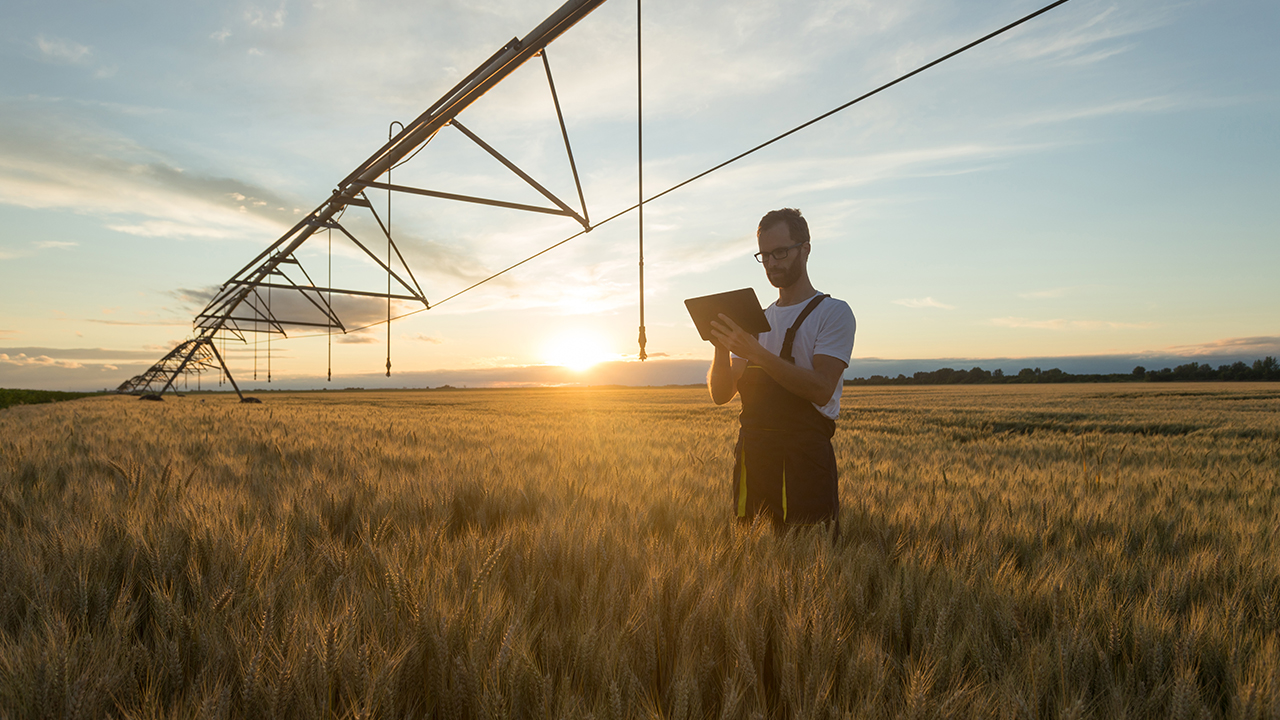 智能农业 和物联网水资源管理项目,利用传感器和智能设备优化农业资源利用。
智能农业 和物联网水资源管理项目,利用传感器和智能设备优化农业资源利用。
- JAIN Irrigation, Inc.开发了IoT 灌溉解决方案,以解决农民、业主协会和高尔夫球场的用水问题。JAIN 系统利用土壤成分、作物类型和天气条件等指标来确定未来的需水量并优化用水。
- WiseConn开发了 DropControl,通过精确监测土壤湿度、水井、阀门和气象站,帮助农民最大限度地提高收成并优化灌溉,从而节水高达 30%。
- Ranch Systems的解决方案使用无线传感器和控制器来监控条件和启动流程,以高效施水和施肥、控制水泵和发动机,并发送霜冻和高温警报。这些措施共同优化了操作,减少了用水量,并限制了员工驾驶燃油车辆穿越耕地的时间。
清洁能源生产
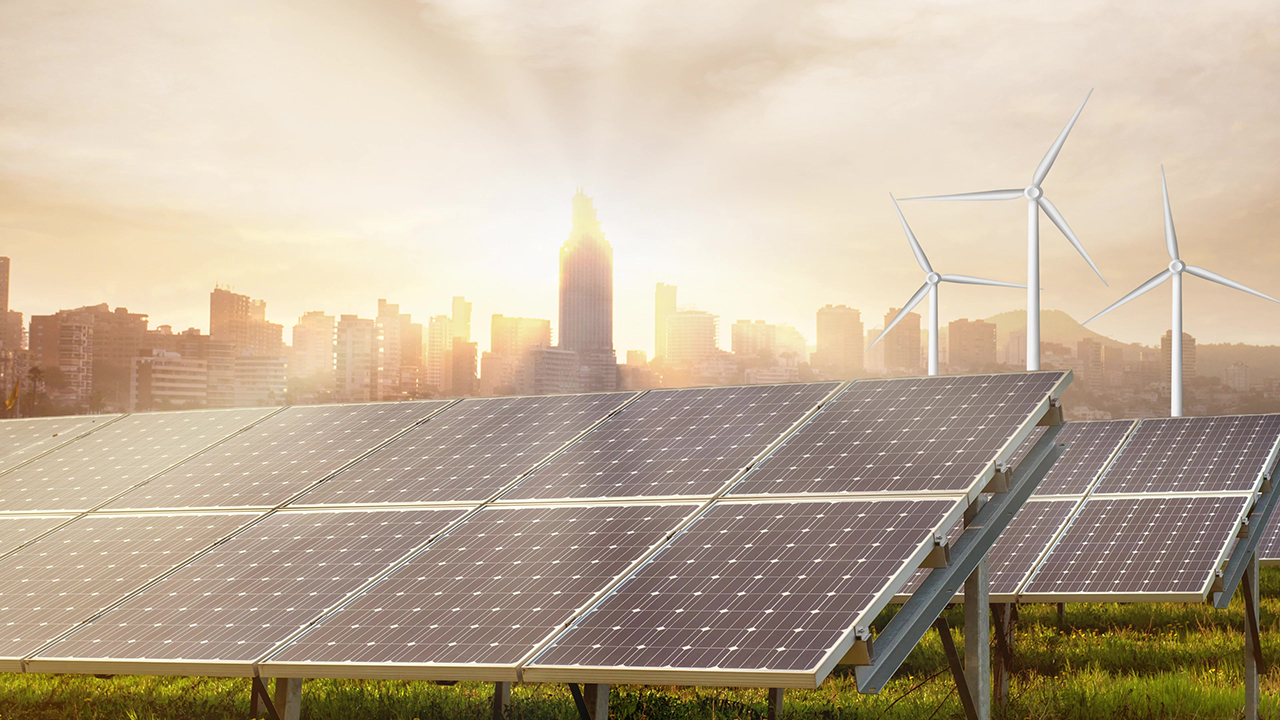 清洁能源和可再生能源 生产侧重于风能、太阳能和水能等绿色技术。许多企业已经成为IoT 的创新者,开发出可再生能源生产和效率的智能方法。
清洁能源和可再生能源 生产侧重于风能、太阳能和水能等绿色技术。许多企业已经成为IoT 的创新者,开发出可再生能源生产和效率的智能方法。
以下几个项目展示了技术对可持续发展的影响:
- Nextracker提供世界一流的清洁能源解决方案,如太阳能跟踪器,以优化太阳能利用和提高发电量。
- DevergyDevergy 是坦桑尼亚的一家能源服务公司,为未接入电网的农村低收入人群提供负担得起的可靠能源。
- New Sun Road利用IoT 为基于可再生能源的电力系统开发数据驱动型解决方案,然后利用这些数据提供清洁能源。
减少能源使用
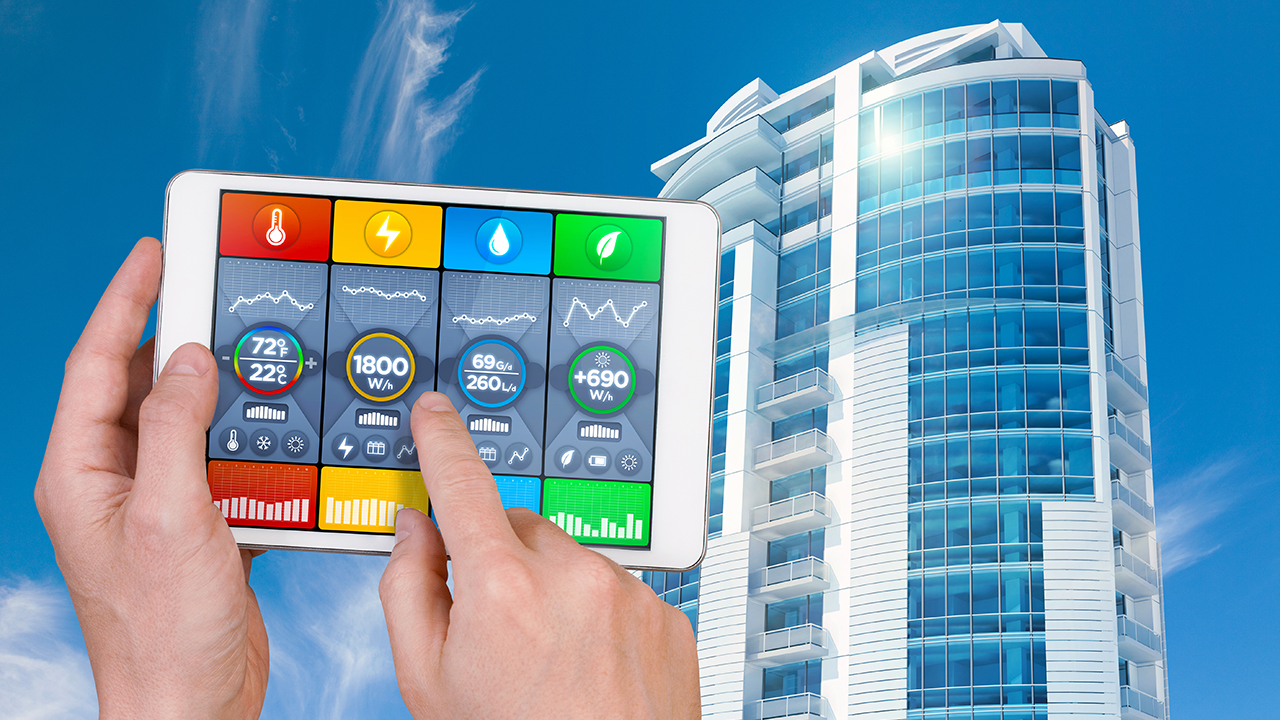 优化能源使用 在家庭、企业和交通系统中使用高能效智能设备,可以显著提高能源效率和可持续性。例如,关于智能家居对环境影响的多项研究表明,从恒温器到光传感器的自动化使用可以减少碳足迹,特别是随着这些系统效率的提高。
优化能源使用 在家庭、企业和交通系统中使用高能效智能设备,可以显著提高能源效率和可持续性。例如,关于智能家居对环境影响的多项研究表明,从恒温器到光传感器的自动化使用可以减少碳足迹,特别是随着这些系统效率的提高。
以下是与 Digi 合作,利用IoT 减少能源使用的三家公司:
- 夏威夷E-GEAR公司开发了一种创新的能源管理控制器,帮助房主、企业主和公用事业公司优化利用从光伏电池和其他替代能源中获取的能量。
- 智利圣地亚哥的Reborn Electric公司将柴油发动机公交车改装成零排放电动汽车,这有助于大幅减少城市空气污染,同时延长车辆的使用寿命。
- 德克萨斯州的Infinitum Electric打造了一款更智能、更高效的 HVAC 电机。传统电机消耗了全球 53% 的能源,Infinitum 希望通过新型 PCB 定子技术重塑电气化,生产出更环保的电机和发电机。
基础设施
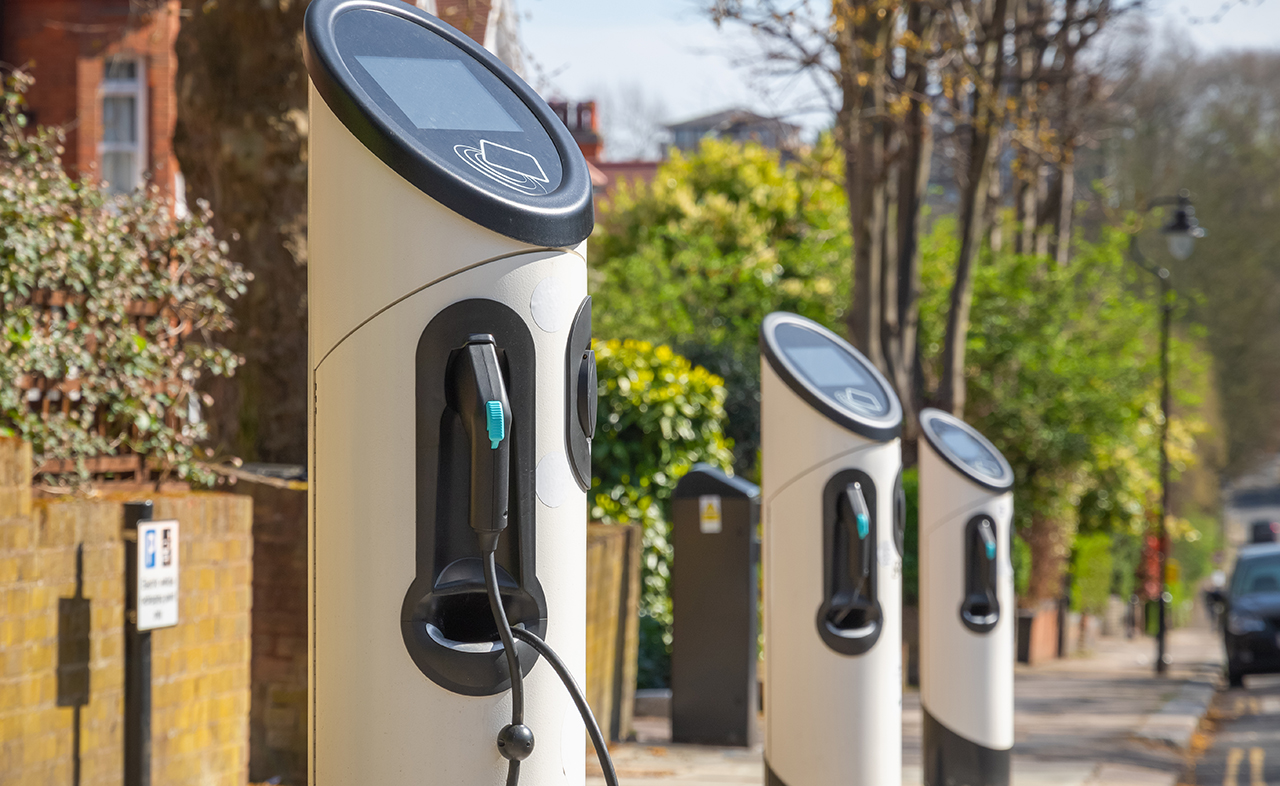 IoT 使 智能基础设施和可持续城市 在许多方面,包括 智能城市照明、用水管理和电动汽车充电基础设施.下面是三个这样的智能范例 基础设施项目:
IoT 使 智能基础设施和可持续城市 在许多方面,包括 智能城市照明、用水管理和电动汽车充电基础设施.下面是三个这样的智能范例 基础设施项目:
- 加拿大魁北克AddEnergie公司为智能城市和公共部门等细分市场开发、制造和运营电动汽车充电设施。公司为加拿大最大的两个充电网络 Electric Circuit 和 VERnetwork™ 提供充电基础设施。
- 加利福尼亚州的布朗和考德威尔公司帮助市政当局、私营企业和政府机构克服与水有关的环境挑战。他们以数据为导向的水和废水管理基础设施解决方案可测量化合物,以优化处理并降低对环境的影响。
- 葡萄牙Enlight公司开发智能城市设备,包括路灯控制器、传感器和仪表。Enlight 的街道照明解决方案提供光传感器,用于测量黎明/黄昏光线(或恶劣天气),并调暗或调高灯光,以实现最佳能效。
工业IoT 解决方案和应用
满足不同行业需求的连接和嵌入式解决方案
下载 PDF
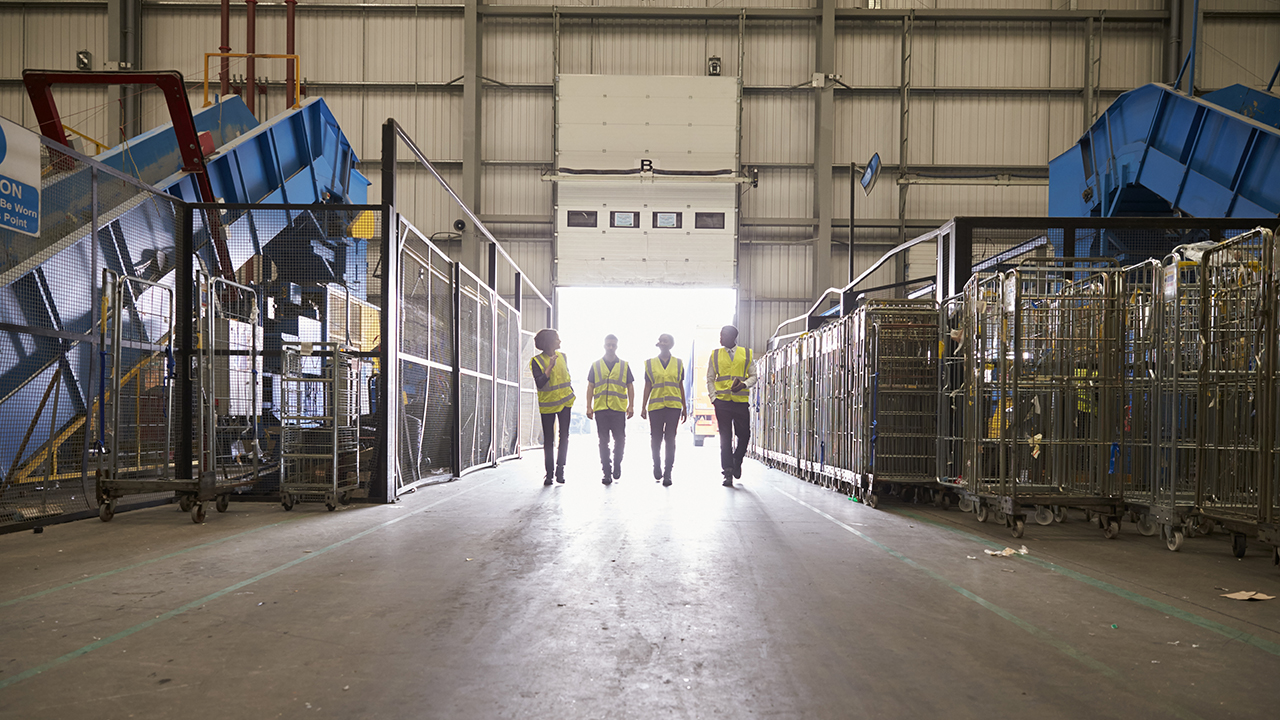 正如我们从实例中看到的那样,全球企业和各行各业都在使用IoT 技术来部署 自动化和资源管理项目.这些举措共同提高了能源效率,减少了资源使用,支持了循环经济。例如
正如我们从实例中看到的那样,全球企业和各行各业都在使用IoT 技术来部署 自动化和资源管理项目.这些举措共同提高了能源效率,减少了资源使用,支持了循环经济。例如
- IoT 传感器和摄像头收集的数据可为预测性维护提供分析,从而在设备故障发生前加以预防,提高产品和部件的使用寿命。
- IoT-如今,支持可回收和再利用的生产工艺,使可再利用材料的全球市场连接起来成为可能。
- IoT 、人工智能和自动化方面的创新将通过技术驱动的分类、堆肥和再利用改进,最终解决塑料、一次性用品和回收效率低下的问题。
想象一下,当有一天,你购买的每一个瓶子或纸盒都是由可回收或可堆肥材料制成的,每一个电脑部件都是翻新的,我们使用的每一件产品的下一个阶段都是新的用途,而不是垃圾桶。我们必须积极创新,努力实现这一目标,保护我们的地球,让我们的海洋和自然景观摆脱塑料的影响。
立即下载 Digi 的IoT 启用和绿色技术简介
IoT 可持续环境和循环经济IoT 。正因如此,我们正见证着一场重大变革——通过绿色技术应用,推动高效实践并降低环境影响。
获取我们的IoT技术指南IoT了解更多详情。
Digi凭借全面的IoT 与服务组合,可助力您IoT 可持续发展目标,涵盖连接解决方案、嵌入式设计及网络管理。立即联系我们开启对话。
IoT 如何IoT 可持续发展与循环经济
为什么循环经济对可持续发展至关重要?
循环经济旨在通过共享、再利用、维修、翻新和回收等方式延长产品与材料的使用寿命,从而消除废弃物和填埋场。其重要性在于能扭转传统"开采-制造-丢弃"线性经济模式造成的危害。
IoT 如何IoT 可持续发展?用通俗易懂的语言解释。
物联网(IoT)通过连接设备——如传感器、无线电和路由器——来收集和交换数据。企业利用这些洞察和自动化技术优化资源利用、减少浪费并降低环境影响,从而实现更可持续的运营和更明智的决策。
IoT 如何IoT 循环经济?
IoT 通过连接的传感器IoT 循环系统运行,具体包括:
-
检测排放和泄漏
-
提升制造业自动化水平
-
启用主动维护以预防故障
-
减少不必要的服务出车(“卡车出动”)
-
改善废物管理和材料回收
-
通过提升资产可见性支持再利用策略
简而言之:IoT 所需的实时数据和自动化功能,使资源能够更长时间地保持高效利用,同时减少排放。
IoT 可持续发展”是什么意思?
IoT 应用,是指利用联网的传感器、设备和系统来测量、管理并降低环境影响。与依赖估算不同IoT 实时数据——例如能源消耗、废弃物水平、排放指标、设备效率和用水量——使组织能够采取针对性措施来优化资源利用并减少浪费。
循环经济与传统的线性经济有何不同?
线性经济遵循这样的模式:获取→制造→丢弃。循环经济则致力于通过共享、再利用、修复、翻新和回收等手段延长材料的流通周期,从而消除废弃物和填埋需求。这种循环模式减少了对原材料开采的依赖,并有助于在产品生命周期中最大限度地减少污染。
IoT 为何对循环经济成果IoT ?
循环策略依赖于可视性:了解资产所在位置、使用方式、故障时间及 当前状态。IoT 通过将实体产品连接至数字系统IoT 这种可视性,从而能够:
-
通过预测性维护延长资产寿命
-
优化再利用与翻新决策
-
通过优化运营减少浪费
-
通过改进分拣和收集物流来提高回收效率
IoT 通过哪些核心方式IoT 环境影响?
IoT 通过五种机制降低环境影响:
-
测量——采集真实世界的运行数据
-
优化——提升能源、水资源和材料的使用效率
-
自动化——无需人工干预即可触发操作
-
预测——在故障发生前识别问题
-
验证——追踪成果并证明可持续性收益随时间推移而持续提升
这些能力有助于组织将可持续发展目标转化为可衡量的改进。
IoT 如何IoT 在产品和运营中实现“设计消除浪费”?
IoT废弃物消除设计”指通过连接数据洞察在废弃物产生前就加以减少,例如:
-
早期泄漏检测(气体、水、工业)
-
优化制造与供应链流程
-
提高产品耐用性和可维护性
-
支持从采购到报废的全生命周期可视化
在源头识别浪费时,消耗的资源更少,产生的排放也更少。
IoT 如何IoT 回收与材料再利用的效率?
IoT 提升收集效率、分拣准确 度和系统级协调能力来IoT 回收IoT 。IoT改进包括:
这有助于延长材料的使用寿命,并减少对垃圾填埋场的依赖。
什么是“资产生命周期智能”,它为何如此重要?
资产生命周期智能是指能够追踪资产随时间推移的状态、使用模式、位置及维护历史的能力。其重要性在于:实现循环经济目标需要明确资产应被:
-
维护良好并延长使用寿命
-
重新部署到新应用程序
-
翻新或维修
-
拆解以实现部件再利用或回收
IoT 为这些大规模决策IoT 数据基础。
IoT 如何IoT 再生性可持续发展(超越减少浪费)?
可持续发展不仅关乎减少危害,更包含支持生态修复与再生。IoT 通过持续监测以下方面,IoT 再生目标:
-
可再生能源性能与环境条件
-
树木生长与生态系统指标
-
栖息地、湿地与生物多样性系统
这有助于组织和研究人员更快地作出响应,并通过循证行动改善恢复成效。
IoT 能否在设备本身消耗能源的情况下IoT 排放?
是的IoT 带来净环境效益,因为它能够实现以下方面的更大减排:
-
不必要的差旅(例如减少公务差旅)
-
运营效率低下
-
资源浪费
-
意外故障和停机时间
然而,当组织同时优先采用节能设备、优化数据处理流程并实施清洁能源策略时,可持续性效益最为显著——毕竟数字基础设施同样会产生碳排放。
预测性维护在可持续和循环运营中扮演什么角色?
预测性维护 IoT 数据检测预示未来故障的模式——使维护工作仅在必要时进行,而非按固定时间表执行。可持续性效益包括:
-
设备使用寿命延长(减少更换和制造需求)
-
降低因系统效率低下导致的停机时间和能源浪费
-
减少紧急出车次数和不必要的零件更换
IoT 如何IoT 可持续发展报告与合规性?
可持续发展报告通常依赖于一致且可衡量的证据。IoT 通过以下方式提供IoT :
-
资源使用与性能的自动化数据采集
-
持续监测异常情况(如泄漏或效率低下)
-
验证数据,证明可持续性成果随时间推移而实现
这使得报告更可靠,并减轻了人工数据收集的负担。
如何用最简洁的方式阐释IoT对循环经济的核心价值?
IoT 物理系统转化为可测量系统。
当组织能够实时测量资源使用情况时,他们可以:
-
防止浪费
-
延长材料的使用寿命
-
提高回收和资源化利用
-
通过更优质的数据支持再生性举措
这些成果共同推动了减少填埋垃圾、降低化石燃料使用量以及减少排放的目标。
IoT 通过提供实时可视性和自动化功能IoT 可持续发展与循环经济:减少浪费和排放,延长资产寿命,提升回收与再利用效率,并支持再生环保计划。
下一步工作
编者注:本文最初发表于2021年11月,并于2026年1月进行了更新。